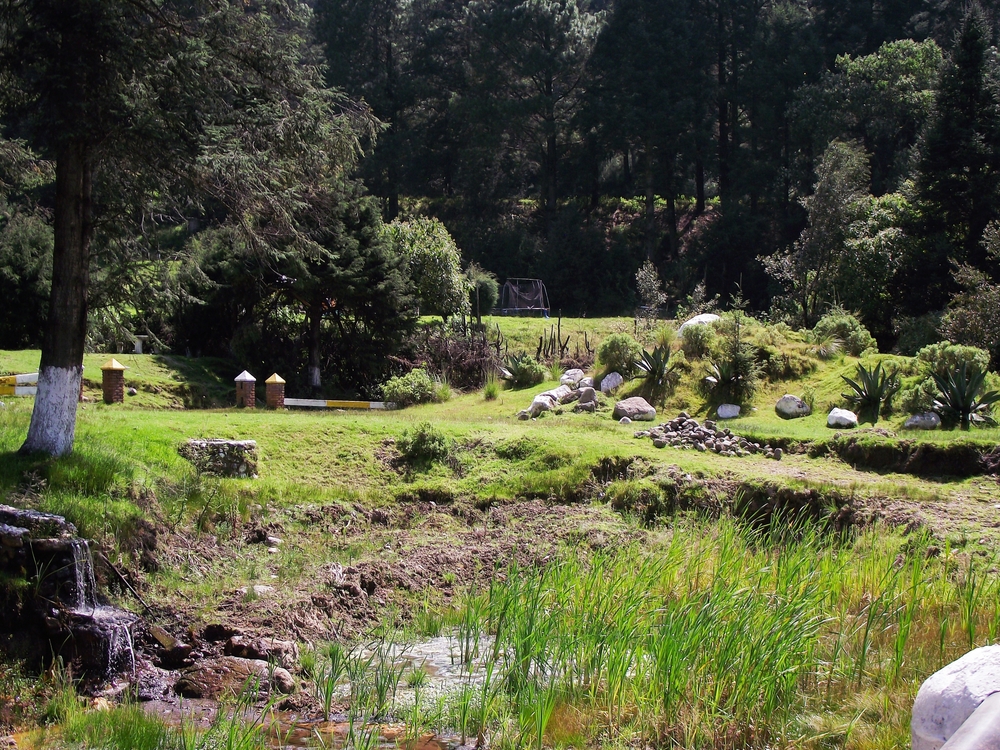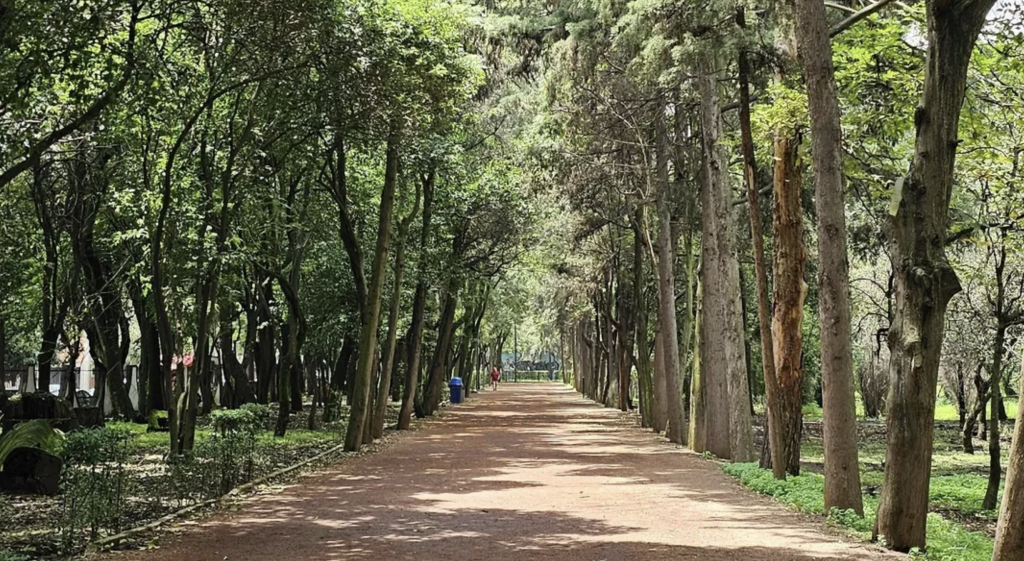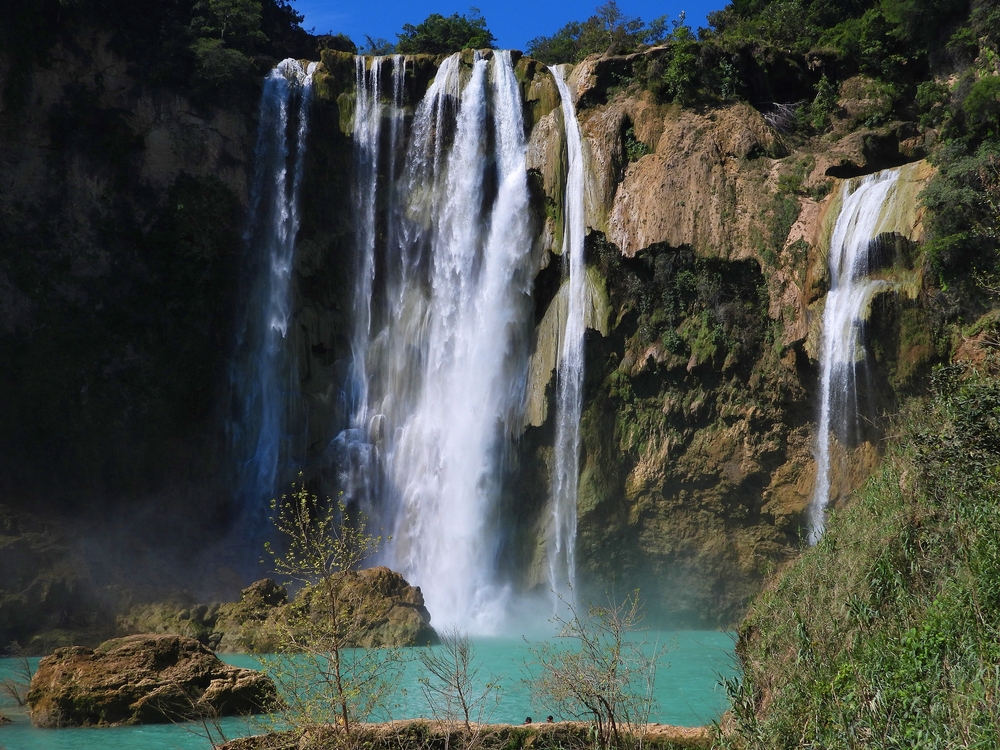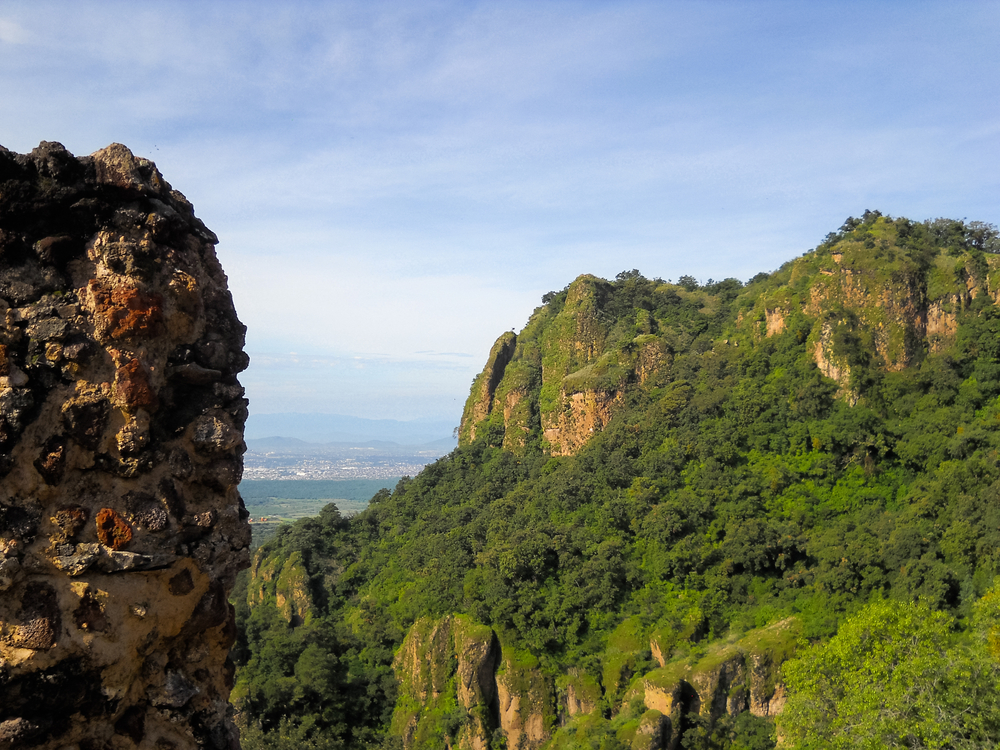Insurgente Miguel Hidalgo y Costilla Overview
Insurgente Miguel Hidalgo y Costilla National Park, also known as La Marquesa, is located in the State of Mexico, west of Mexico City. It covers approximately 4.6 square miles (12 square kilometers) and serves as an important natural and recreational area for residents and visitors seeking a break from the urban environment.
The park is named in honor of Miguel Hidalgo y Costilla, a leader in Mexico’s struggle for independence, and is often referred to simply as La Marquesa due to its location within the Valle de la Marquesa. It is a high-altitude park, sitting at an elevation of around 9,800 feet (3,000 meters), offering a cool climate and a diverse range of outdoor activities.
The terrain within the park is characterized by rolling hills, dense pine and oak forests, and open meadows that provide stunning landscapes for visitors. The park is part of the Trans-Mexican Volcanic Belt, and its topography includes rugged cliffs, rocky outcrops, and streams that flow through the valleys.
The forests are dominated by species such as Montezuma pine and sacred fir, which create a lush green environment throughout much of the year. The meadows provide open spaces that contrast with the densely wooded areas, making it a visually diverse location.
Wildlife within the park is varied, although many species are elusive due to human activity. Some of the notable mammals that inhabit the area include white-tailed deer, bobcats, and small rodents such as squirrels and rabbits.
The birdlife in the park is particularly vibrant, with species like red-tailed hawks, owls, and woodpeckers commonly sighted. Smaller songbirds, including warblers and finches, add to the avian diversity, making it a good spot for birdwatching enthusiasts.
One of the most popular features of the park is its extensive range of recreational activities. Visitors can enjoy hiking, horseback riding, and mountain biking along the various trails that wind through the forests and hills. There are also designated areas for zip-lining and ATV riding, catering to those looking for an adrenaline-filled experience.
Many visitors enjoy picnicking in the open meadows, where numerous small restaurants and food stalls offer traditional Mexican dishes such as quesadillas and grilled meats. The park’s accessibility and family-friendly atmosphere make it a popular weekend destination for people from Mexico City and Toluca.
Engaging with the park can be done through both guided and self-led activities. There are several marked trails suitable for different levels of hikers, from easy walking paths to more challenging routes through forested hills.
Horseback riding is one of the most traditional ways to explore the park, with local vendors offering rides along scenic trails. Families often visit for a day of relaxation and play, while adventure seekers take advantage of the outdoor sports available.
Conservation in the park presents both challenges and successes. The proximity to major urban centers means that human impact, including pollution and deforestation, has been an ongoing concern.
However, local authorities and community initiatives have worked on reforestation projects and better waste management practices to preserve the park’s natural beauty. The park remains an essential green space that provides ecological benefits such as air purification and water regulation for surrounding areas.















































































